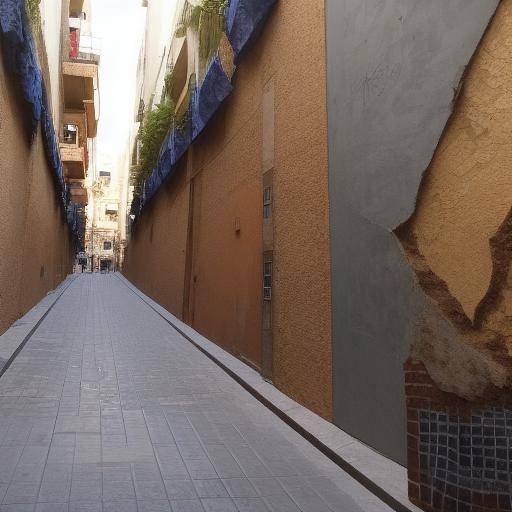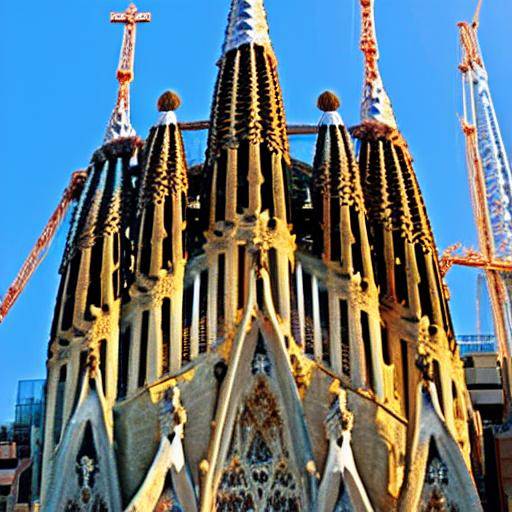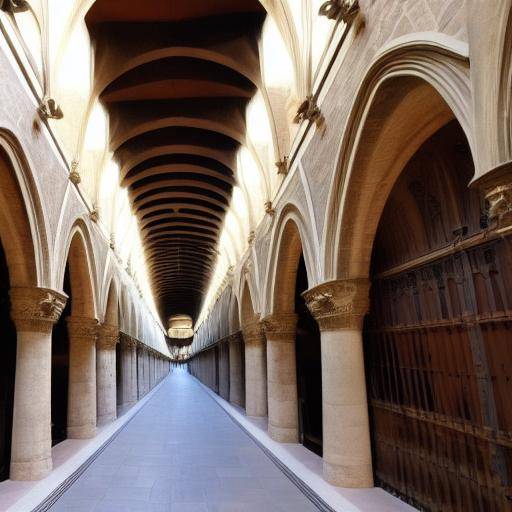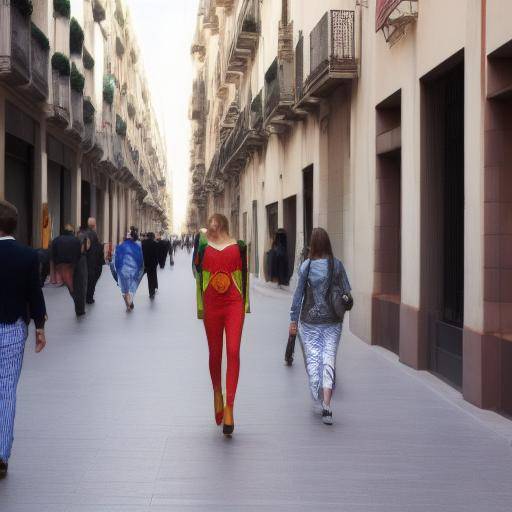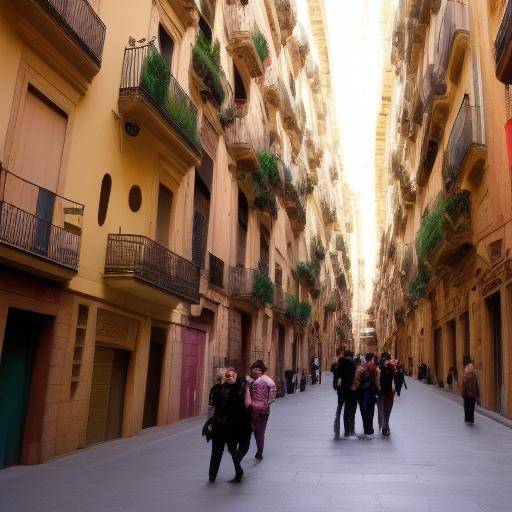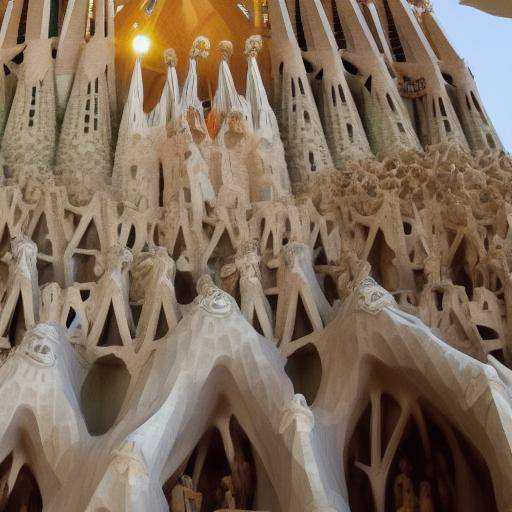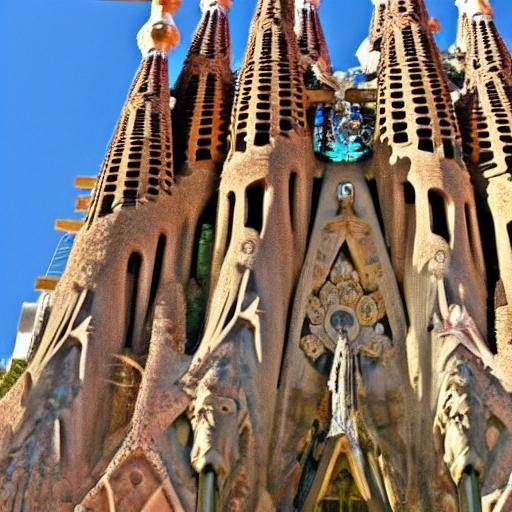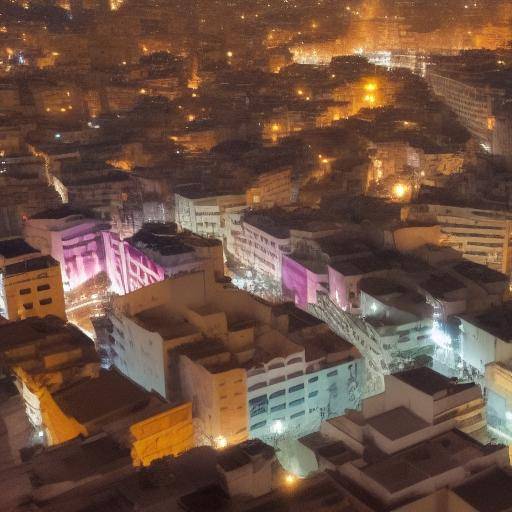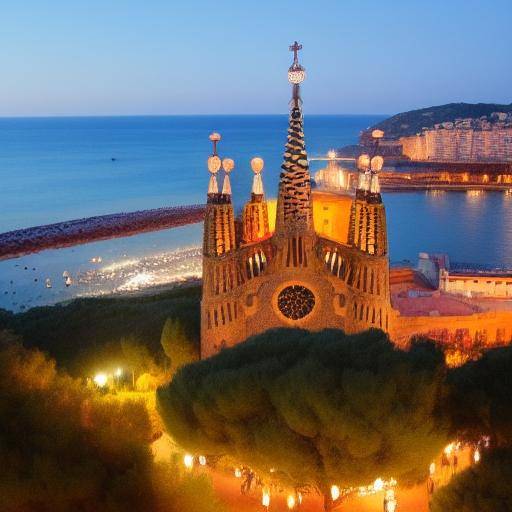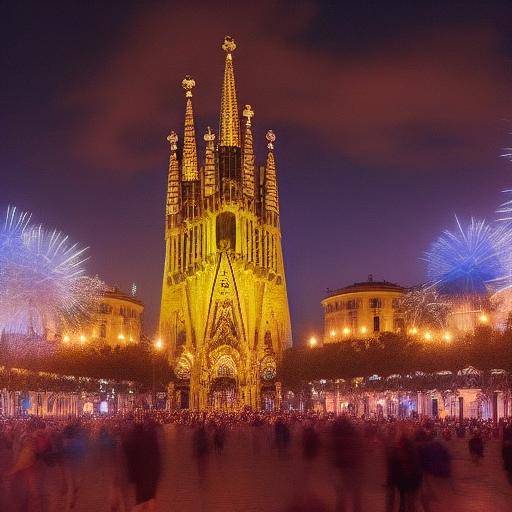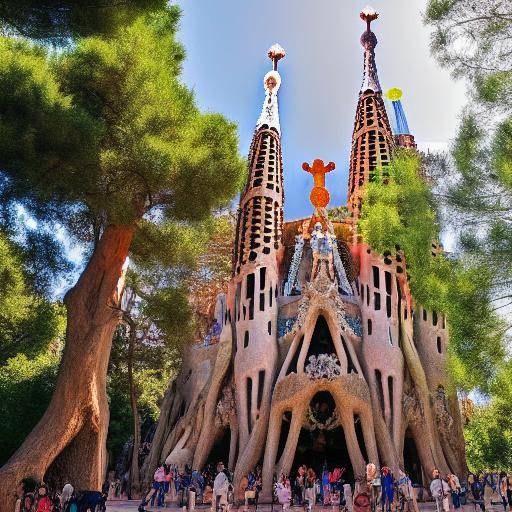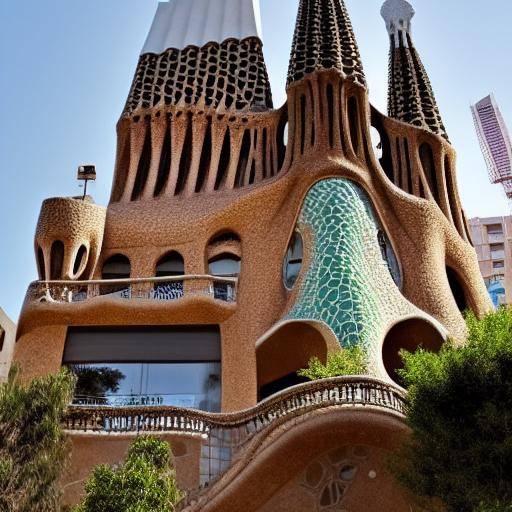
Modernism is an artistic movement that flourished in Spain, especially in Barcelona, at the end of the nineteenth century and early twentieth century. This architectural style rooted in the region of Catalonia has left a significant legacy in the city of Condal, with the architect Antoni Gaudí as its highest exponent. In this article, we will explore the fascinating route of Modernism in Barcelona, focusing on Gaudí's impact and influence on Catalan architecture. We will discover the history, evolution and beauty of this artistic movement, as well as its relevance today.
History and Background
Modernism, also known as Art Nouveau in other countries, emerged as an answer to academic historicalism that dominated architecture and art at the time. In Barcelona, this movement experienced a unique development, marked by the combination of local and foreign elements, as well as a strong inclination towards nature and ornamentation.
In the 1870s, the city of Barcelona experienced rapid growth and became an important industrial and cultural centre. This expansion period provided the perfect stage for the irruption of Modernism, a movement that embraced innovation and originality both in architecture and in decorative arts.
Modernism celebrated individuality and creativity, away from traditional styles and embraced experimentation with organic forms and detailed ornamentation. Artists, architects and artisans collaborated closely in the creation of public buildings and spaces that reflected the Catalan identity and the vision of a modern future.
During this period, Antoni Gaudí emerged as a central figure in the development of Modernism in Barcelona. His innovative ideas and revolutionary approach left an indelible mark on Catalan architecture, creating masterpieces such as the Sagrada Familia, the Güell Park and the Casa Batlló, which still attract visitors from around the world.
Analysis in Deep
Modernism not only transformed the physical appearance of Barcelona, but also influenced the mentality and identity of its inhabitants. The boldness and originality of Gaudí's works, in particular, have generated a cultural and tourist legacy that continues today.
The combination of architecture, sculpture and decorative arts in Gaudí's creations offers a unique visual and sensory experience. Its buildings seem to emerge from a fantasy world, with forms that imitate nature and colors that evoke the landscapes of the region. This innovative approach has consolidated Gaudí as one of the most influential architects of all time.
Comprehensive review
The modernist architecture of Barcelona, with its focus on the integration of natural and decorative elements, has influenced architectural design throughout the world. Innovation and experimentation associated with Modernism continue to inspire contemporary architects in their search for new forms of expression.
However, the preservation and restoration of modernist works poses unique challenges, as the passage of time and exposure to external elements can affect the structural and aesthetic integrity of these buildings. The local community and the authorities have assumed responsibility for protecting this heritage, implementing conservation and sustainable management measures.
Conclusions and FAQs
Barcelona, Cuna del Modernismo
Barcelona stands as an indispensable destination for Modernism lovers, with an architectural legacy that serves as a testimony to an unprecedented period of innovation and creativity. Antoni Gaudí’s work, in particular, continues to amaze visitors from all over the world, bringing architecture to new heights of artistic expression. Modernism is not only an integral part of Barcelona's cultural heritage, but also remains a fufuente of inspiration for future generations of architects and artists.
Then we will answer some frequent questions about Modernism, Barcelona and Catalan architecture:
1. What difference does Catalan Modernism differ from other similar artistic currents?
Catalan Modernism is distinguished by its strong regional influence, its emphasis on nature and its integration of decorative elements in architecture. Unlike other currents, Modernism in Barcelona reflects Catalan identity and culture uniquely.
2. What are the most emblematic modernist buildings in Barcelona, in addition to Gaudí's works?
In addition to the masterpieces of Antoni Gaudí, Barcelona hosts other outstanding modernist creations, such as Casa Amatller, Casa Lleó Morera and Casa Batlló, all designed by prominent architects of the movement.
3. How has Modernism impacted on the tourist and cultural development of Barcelona?
Modernism has contributed significantly to the tourist attraction of Barcelona, attracting avid visitors to appreciate the architectural and artistic wealth of the city. This impact has generated economic opportunities and enriched the cultural scene of the region.
4. What are the current challenges in the conservation of modernist works in Barcelona?
The conservation of modernist buildings requires the implementation of preservation policies that balance the protection of heritage with contemporary urban demands. The proper maintenance and careful restoration are essential to ensure the longevity of these works.
5. What is the best way to explore the Modernism route in Barcelona?
Art lovers and architecture can enjoy specialized tours that take them through the main modernist buildings of the city, offering a deep insight into the history and legacy of this artistic movement.
6. How does Modernism influence contemporary architectural design in Barcelona?
Modernism continues to influence contemporary architectural design, inspiring architects to explore the fusion of organic forms and decorative elements in their creations, while adapting to the demands of sustainability and functionality.
In short, the route of Modernism in Barcelona reveals the artistic wealth, innovation and the lasting influence of this movement in Catalan architecture. From the iconic works of Antoni Gaudí to the contributions of other outstanding modernist architects, the legacy of this period continues to resonate in the city, generating admiration and appreciation in every corner of Barcelona.

